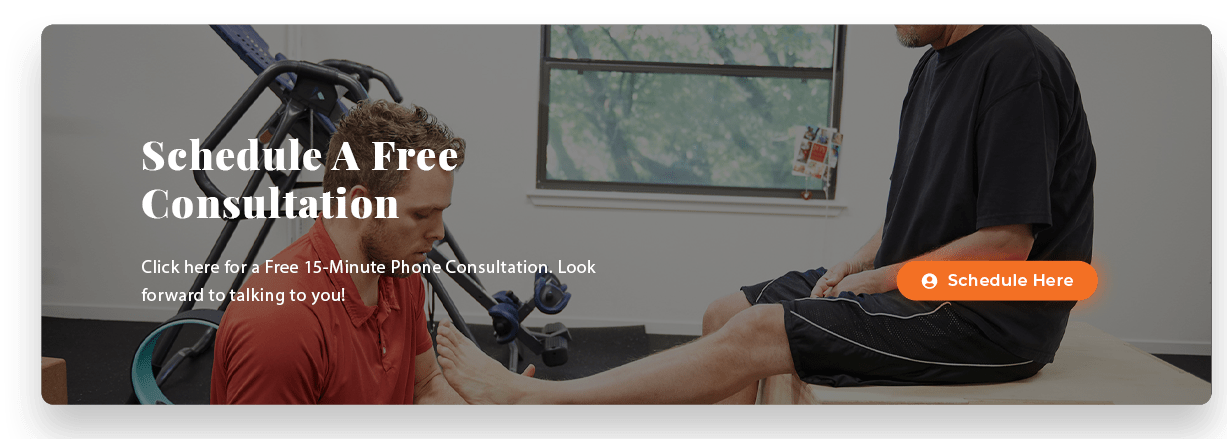If there were a magic bullet blog post that could tackle the underlying causes of a lot of back and knee pain issues, you’d be reading it now.
We’re about to delve into a treasure trove of anatomical knowledge, zero in on why the Gluteus Maximus often goes underactive, and present practical strategies for overcoming this challenge.

The Greeks apparently had quite healthy glutes!
Anatomy 101: Your Gluteus Maximus
Let’s begin with some basic anatomy. The Gluteus Maximus holds the record for being the heftiest muscle in the human body when it comes to mass. This significant muscle spans from what many people identify as their lower back and extends down to their thigh. If we’re getting technical, the attachments are the tailbone and ilium at the top end (proximal), and the IT band and femur on the bottom end (distal).
The role of the Gluteus Maximus isn’t just about its size; its location between the body’s mightiest joints, the hip and the knee, is crucial. It’s the main mover and stabilizer of the hip joint in flexion, allowing the lower back muscles to focus on protecting your low back.. If the glute becomes inactive, this workload gets shunted to surrounding tissues in the back and hips, leading to potential back and knee pain.
Why is such a significant muscle often underactive in people with low back and knee pain? The answer is right under your… seat.
The Problem: Prolonged Sitting
Regardless of your profession, all of us spend a considerable amount of time sitting. Whether you’re sitting while commuting to work, relaxing on the couch watching a show, or sitting at a desk to complete tasks like I am now, you’re inevitably subjecting your Gluteus Maximus to some amount of strain.
The problem arises from the pressure on your Gluteus Maximus when sitting, reducing blood flow to the muscle. Blood flow is also decreased to the inferior gluteal nerve, the nerve responsible for controlling the Gluteus Maximus.
So, what happens when you eventually stand up after a lengthy sitting session? You might find the first few steps slightly challenging or even painful. This is your brain readjusting to walking without the full support of the Gluteus Maximus and other muscles that have been rendered inactive due to prolonged sitting. Over time, this adaptation can cause smaller muscles to overcompensate, leading to tightness in the hip, lower back, and knee – worsening pain.
The Solution: Activate the Glute Max to Resolve Low Back Pain
Addressing this issue requires three key steps:
- Lengthening the Gluteus Maximus (through internal rotation, hip flexion, and adduction)
- Inducing a neuroplastic state in the brain
- Spending 5-10 minutes of focused attention on the problem
We need to extend the Gluteus Maximus because all muscles in our bodies elongate before they contract in our walking pattern. By inducing a neuroplastic state in your brain, we make it receptive to rewiring. This can be achieved by challenging your balance. Finally, your focused attention on the issue is indispensable for learning new movement patterns.
Now, let’s put theory into practice. In the below video, I demonstrate the correct movements for Gluteus Max activation. This movement challenges the glute max in all three dimensions, challenge your balance, and focus your muscle engagement. Do enough repetitions with enough load where you begin to see some fatigue!

Images in this post were sourced from Creative Commons